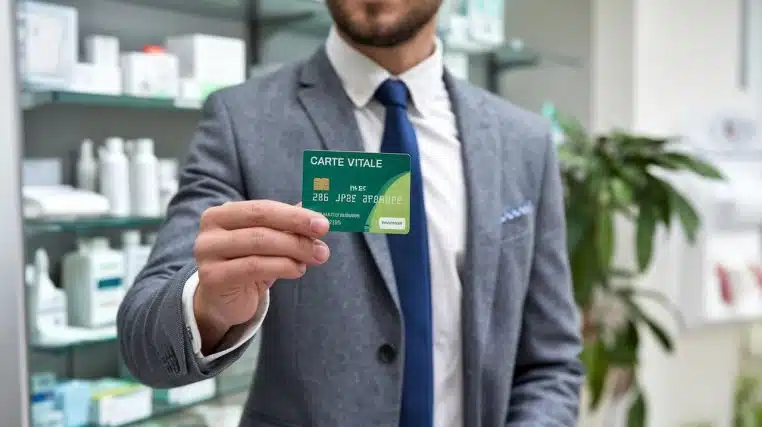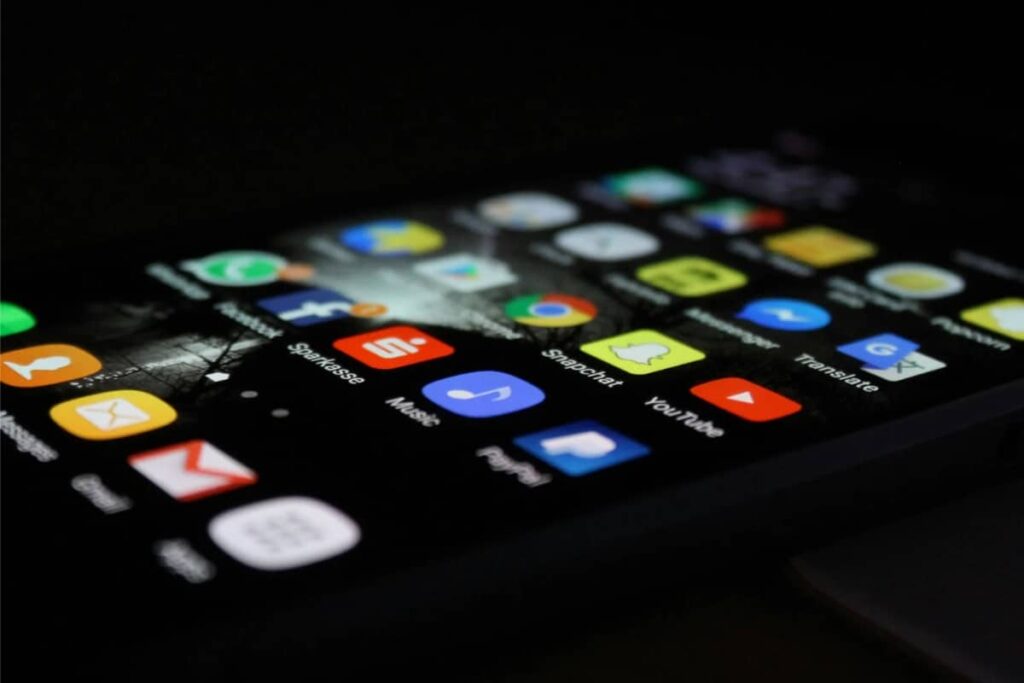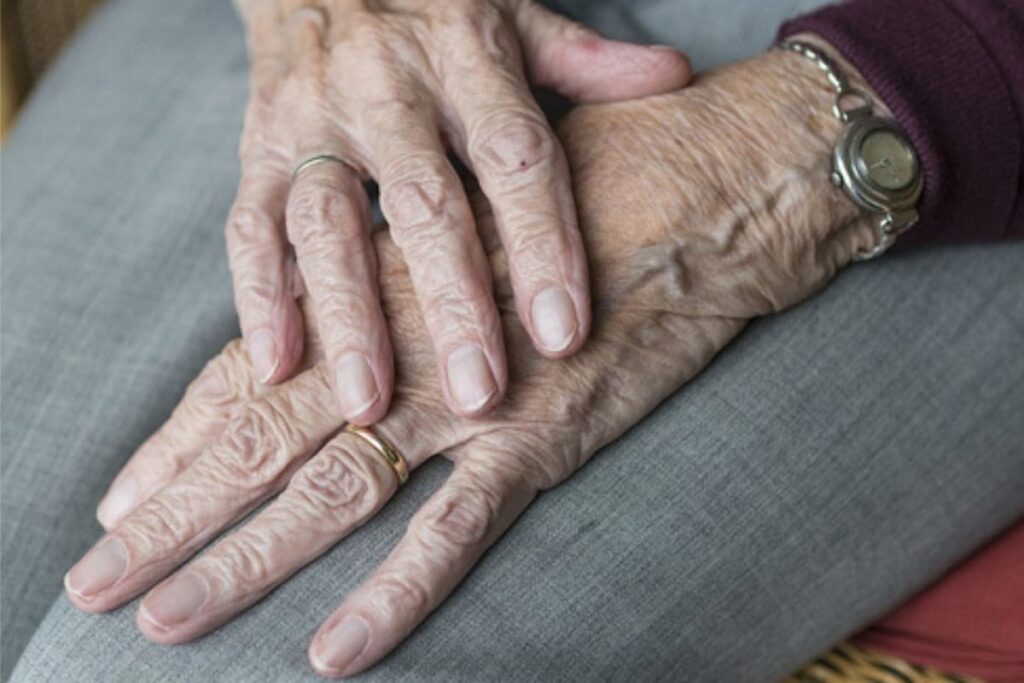The Vitale card is essential for many French citizens, allowing them to get reimbursed for their health expenses. Recently, your little green card has crossed a significant threshold. A major change will revolutionize the lives of patients and doctors in 2025. Here’s everything you need to know.
The Vitale Card: What Is It Used For?
Created in 1998 to modernize the healthcare reimbursement system, the Vitale card can be requested from the age of 16 at your primary health insurance fund or directly online via the official Ameli website.
In France, there are approximately 58.3 million Vitale cards in circulation. A significant number of French citizens possess this little green card. However, not everyone knows precisely what it is for. Let’s clarify its uses.
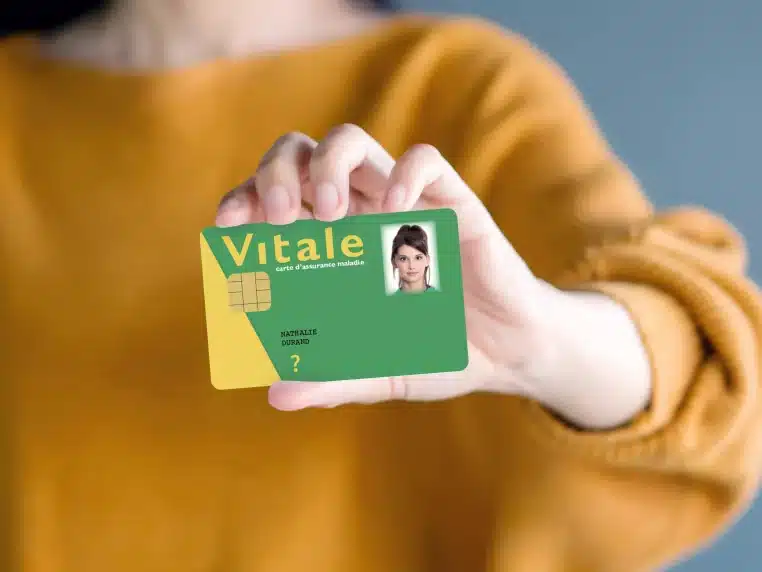

Personal, confidential, secure, and free, the Vitale card allows you to identify yourself to the Health Insurance system. This ensures access to care for insured individuals and covers either fully or partially the healthcare expenses.
Practically speaking, this card enables you to be reimbursed for your healthcare costs. When visiting a healthcare professional, whether a general practitioner or a specialist, they will use your Vitale card to create an electronic care sheet. This sheet is automatically transmitted to your health insurance provider, which will then reimburse you.
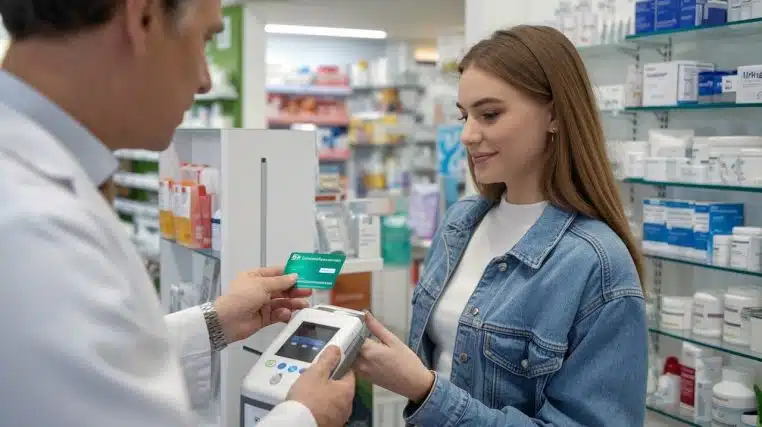

By presenting this document, you can ensure quicker reimbursement. This is because you no longer need to send a paper care sheet, saving you mail costs and ensuring faster reimbursement.
Moreover, the Vitale card also allows you to take advantage of third-party payment. Therefore, you do not have to advance costs for certain services or medications. For instance, when you visit a pharmacy or a laboratory for tests, healthcare professionals are paid directly by Social Security.
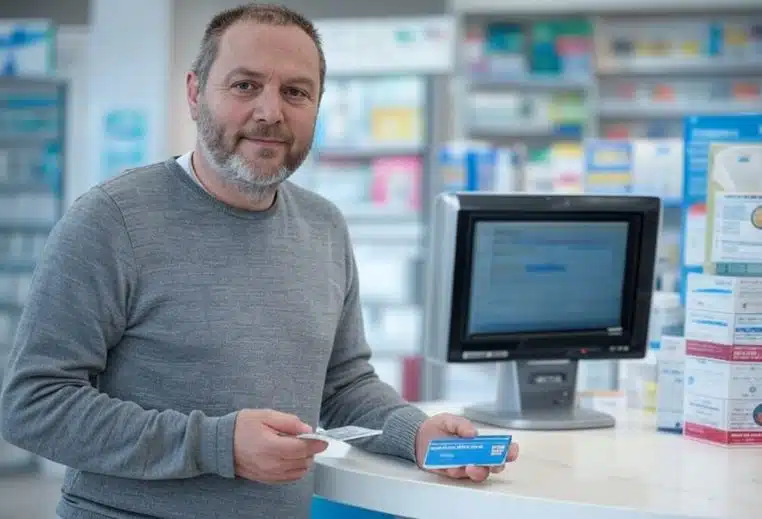

What Information Is Contained on This Card?
Your Vitale card contains a wealth of information. By checking it, healthcare professionals can access all administrative details necessary for your reimbursements, as well as your healthcare and medication history.
In detail, healthcare professionals can access your identity and that of your dependents if they are under 16. They can also view your social security number, your photo if you received your card after 2007, and additional information such as your postal and email addresses, and the health insurance fund to which you are affiliated.


Most importantly, this valuable green card allows your doctor to access the last 12 months of your healthcare and medication history: consultations with a physician, reimbursed medications, X-rays, biological actions, sick leave, hospitalizations, as well as any medical transports you might have used.
This feature of your Vitale card can be very useful. For example, it allows your doctor or pharmacist to recall your medication dosage if you cannot remember it. It’s worth noting that you can refuse access to this information by your healthcare professional.


As you can see, the Vitale card is an essential tool that you should always carry when visiting a healthcare professional. However, a new initiative that has recently come into effect will revolutionize your habits, as the famous green card is now available in a dematerialized format.
The Dematerialized Vitale Card Available Throughout France?
Following the identity card, car insurance certificate, and driving license, it is now the turn of the Vitale card to be digitized on mobile phones. One of Emmanuel Macron’s promises was to simplify some administrative processes, and the president seems to be fulfilling his word, even if these changes took time.
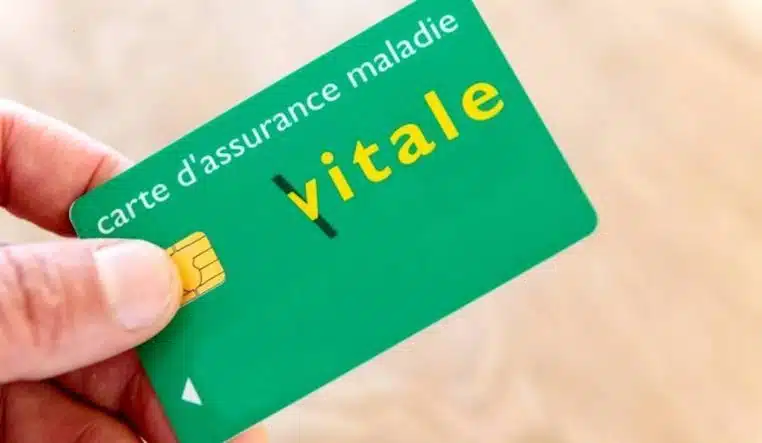

The measure for the dematerialization of the Vitale card was included in the budget for Social Security 2025, voted in February. It is now in effect as of Tuesday, March 11. The system was first tested for several months in about ten departments and is now applicable throughout France.
“Starting today, if you have a dematerialized identity with France Identité, you can also dematerialize your Vitale card,” announced Guillaume Rozier on X, formerly Twitter. He is a data specialist and an advisor to Emmanuel Macron since the creation of the CovidTracker site during the 2020 epidemic.
🆕 Dès aujourd’hui, si vous disposez d’une identité dématérialisée avec France Identité, vous pouvez aussi dématérialiser votre Carte Vitale !
L’État continue de se moderniser et de simplifier les usages.
Incitons tous les professionnels de santé à se doter rapidement de… pic.twitter.com/9pXDFZGZBE— GRZ (@GuillaumeRozier) March 11, 2025
“The state continues to modernize and simplify usage. Let’s encourage all healthcare professionals to quickly acquire the necessary equipment to scan a QR code,” he later wrote.
However, it’s important to note that this Vitale card does not replace the physical card. It is optional, meaning you can choose to download it or not. Currently, the Vitale card application is not readable by all healthcare professionals, as some do not have the necessary equipment, so it is advisable to keep your physical card with you just in case.
If you’re interested, you might be wondering how to obtain your card in the dematerialized format and how this new system works. We’ll explain everything in detail below.
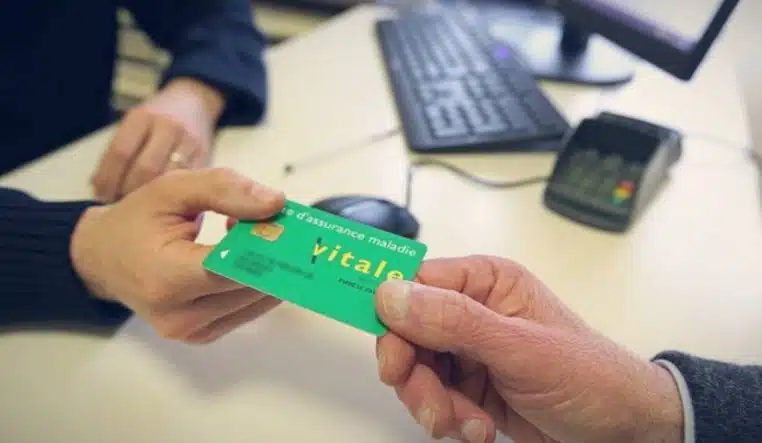

How to Obtain It and How It Works
In principle, the introduction of the dematerialized Vitale card seems simple, but it is not that easy. Indeed, a number of conditions must be met to take advantage of this green pass on your mobile phone. Without this, you won’t be able to have it.
First, you must possess a electronic identity card. This is a credit card-sized document. Only these new identity cards are equipped with a chip that allows them to be recognized by electronic devices.
If you have this new identity card, you need to download the France Identité app to connect your ID. Once this is done, you can use the Vitale Card application, available on iPhone and Android.
L’app Carte Vitale est actuellement la plus téléchargée sur l’App Store en France.
Allez, encore un petit effort pour faire passer @france_identite en numéro 2 !
🇫🇷 L’innovation publique est en forme. pic.twitter.com/Yjj4CNxJoI— GRZ (@GuillaumeRozier) March 12, 2025
The app is quite simple; it provides basic information, including your social security number, a QR code to be scanned, and a list of completed healthcare expenses. Even if you manage to complete all these steps, it is not guaranteed that you will be able to use your dematerialized card. As stated earlier, the number of practitioners equipped to accommodate this system is still low.
The deployment of this system will likely take time. While its usage may be limited for now, it’s important to note that this new format has several advantages.
A New Format That Avoids Certain Issues
Like many physical documents, you may find yourself without your Vitale card, particularly in cases of theft or loss. Dismaterialization is a significant advantage here since even if you lose your phone or it is stolen, your data can still be recovered.


Note that if your Vitale card is lost or stolen, you must immediately inform your health insurance fund. While waiting to receive your new card, you can download a certificate proving your rights to health insurance from your personal account.
Digitization also helps avoid forgetfulness. While it can happen to forget your Vitale card, you are less likely to forget your phone, making it useful for absent-minded individuals to have all their documents digitized in one place.
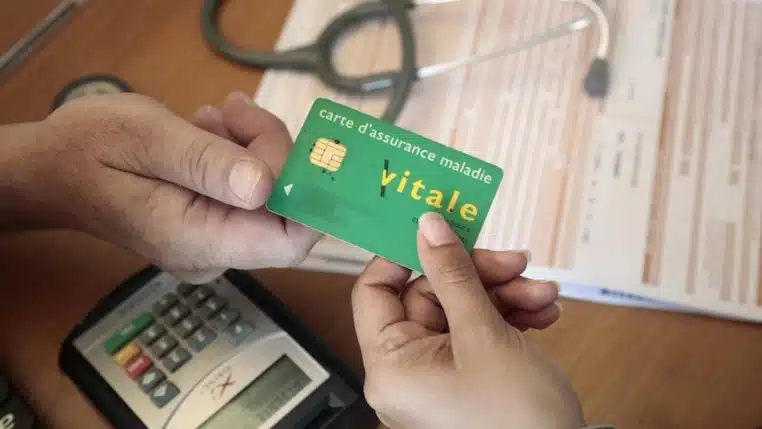

In the case of a physical card, it can also stop functioning or malfunction if it is broken, damaged, or if the chip is unreadable. Should this happen, simply report the problem to your health insurance organization to receive a new card.
As in case of loss or theft, remember to download a rights certificate. This will allow you to prove your affiliation with health insurance even without a functioning card.
Now you are armed with all the information needed to activate your dematerialized Vitale card. Feel free to let us know in the comments what you think of this new measure.


